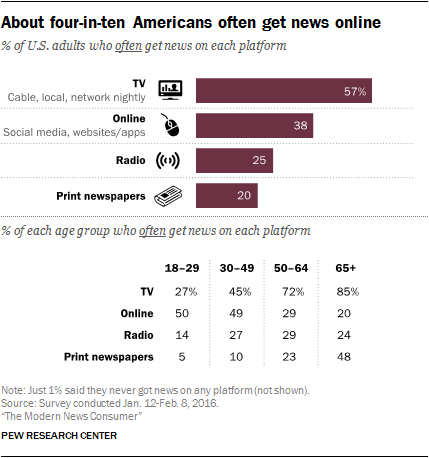FOR OR AGAINST DRESS CODES AT SCHOOL ?
Watch the following videos and explain
-what students mustn't/shouldn't/can't/are forbidden to/ are not allowed to wear at school
-what is the problem with their attire, according to the school principal ? ( Use obligation: must/have to)
-How do some girls react to this dress code ? what are their opinions ? ( Use adjectives)
What about your personal opinion ? ( Use opinion/ agreement)
In my opinion/according to me/I believe/ as far as I'm concerned.....I agree with/ I disagree with this dress code because.../ I disapprove of/
1)
2) https://www.youtube.com/watch?v=PxazNFdwPaI
Dress Code at Burns High School
"Teachers and students cover information about dress code sweeps to take place"
Welcome to Mrs Le Nair's diary
Chers élèves, ce blog a été créé afin de faciliter votre apprentissage de l'anglais et vous mettre à portée de "click" les exercices, textes, vidéos ou audios étudiés en classe. Vous pourrez ainsi travailler de façon plus autonome et vous tenir à jour lors de vos absences.
Bonne année scolaire et apprentissage à tous !
dimanche 16 septembre 2018
jeudi 13 septembre 2018
lundi 10 septembre 2018
1L/S : the press
1° What children think about the press : News and America's kids : https://www.commonsensemedia.org/video/modal/5607231
Helen / the press in England =
https://www.audio-lingua.eu/spip.php?article4288
2° About how people are informed :
« In 2016, Americans express a clear preference for getting their news on a screen – though which screen that is varies. TV remains the dominant screen, followed by digital. Still, TV news use is dramatically lower among younger adults, suggesting further shake-ups to come. »
3°Different types of media
Helen / the press in England =
https://www.audio-lingua.eu/spip.php?article4288
2° About how people are informed :
« In 2016, Americans express a clear preference for getting their news on a screen – though which screen that is varies. TV remains the dominant screen, followed by digital. Still, TV news use is dramatically lower among younger adults, suggesting further shake-ups to come. »
· As of early
2016, just two-in-ten U.S. adults often get news from print newspapers. This
has fallen from 27% in 2013.
· This decrease
occurred across all age groups, though the age differences are still stark:
Only 5% of 18- to 29-year-olds often get news from a print newspaper, whereas
about half (48%) of those 65 and older do.
· Compared with
print, nearly twice as many adults (38%) often get news online, either from
news websites/apps (28%), on social media (18%) or both. (81% of adults ever
get news on these online platforms.)
· Still, TV
continues to be the most widely used news platform
3°Different types of media
« What
is traditional Media ? »: https://www.coursera.org/lecture/media/what-is-traditional-media-azPiF
( visionner jusqu’à 2:37) et « What
is Social Media ? »https://fr.coursera.org/lecture/media/what-is-social-media-4nHbO
( Jusqu’à 2 :15)
dimanche 9 septembre 2018
mardi 4 septembre 2018
Back To School Song
Welcome to my new students, hope you are going to enjoy this new schoolyear with me !
Inscription à :
Commentaires (Atom)
